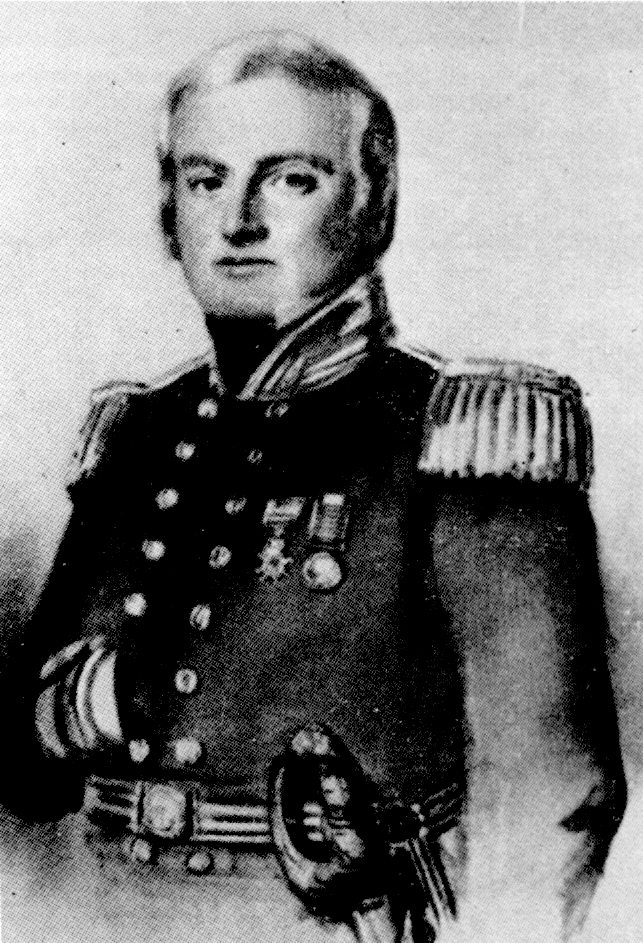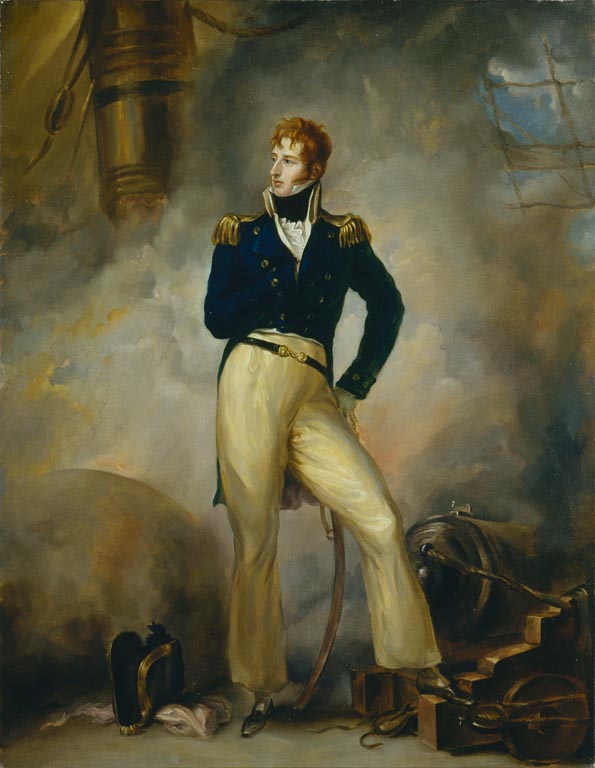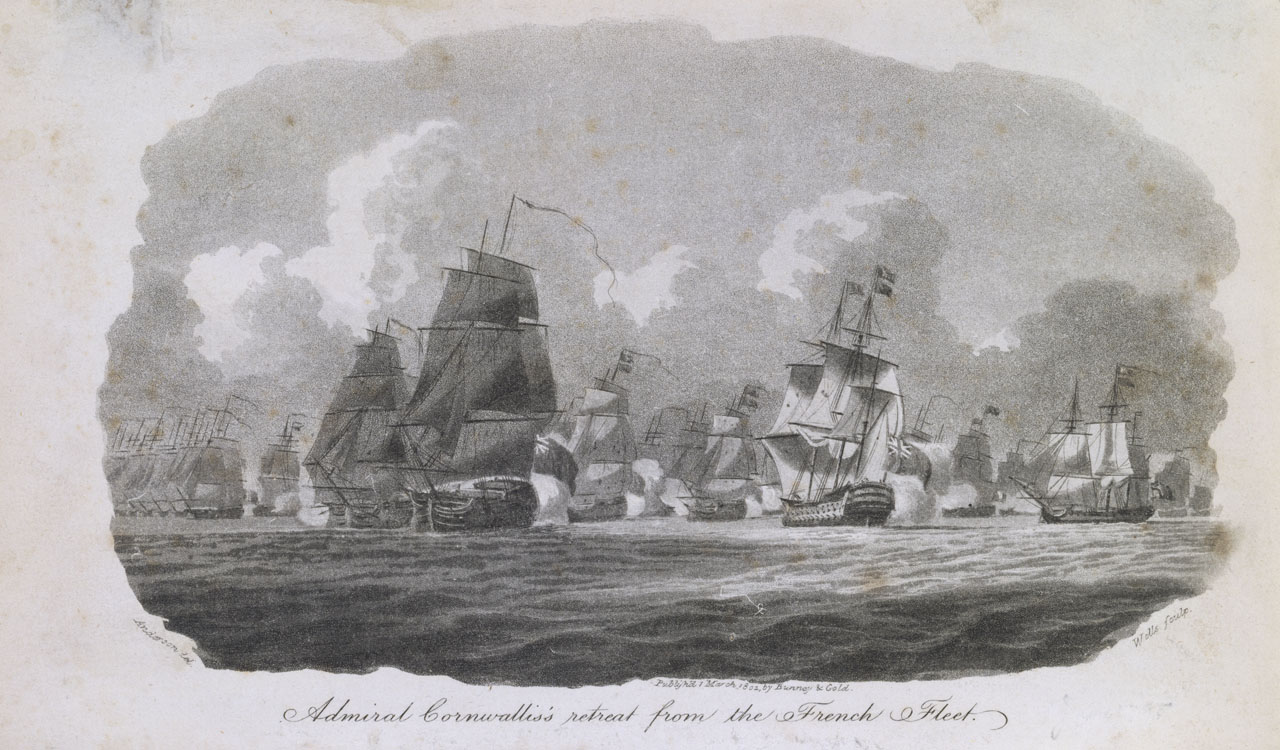|
Governor Hindmarsh
Rear-Admiral Sir John Hindmarsh KH (baptised 22 May 1785 – 29 July 1860) was a naval officer and the first Governor of South Australia, from 28 December 1836 to 16 July 1838. Family His grandfather William Hindmarsh was a gardener in Coniscliffe, County Durham. His father, John Hindmarsh, was born on 27 June 1753 and baptised at St Cuthbert's Church, Darlington. He was pressed into the Royal Navy, and eventually became a warrant officer of the ''Bellerophon''. On 23 August 1784 Hindmarsh (senior) married Mrs Mary Roxburgh, a widow, at St George's-in-the East, Middlesex.'The Journal of the Northumberland & Durham Family History Society, Volume 12, No 2, Summer 1987 p40, ''From Durham to the South Seas'', by FS Hindmarsh, (This is p13 of the pdf file.) [...More Info...] [...Related Items...] OR: [Wikipedia] [Google] [Baidu] |
Rear Admiral (Royal Navy)
Rear admiral (RAdm) is a flag officer rank of the Royal Navy. It is immediately superior to commodore and is subordinate to vice admiral. It is a two-star rank and has a NATO ranking code of OF-7. The equivalent rank in the British Army and Royal Marines is major-general; and in the Royal Air Force it is air vice-marshal. History The rank originated in the 17th century, in the days of naval sailing squadrons when each naval squadron would be assigned an admiral Admiral is one of the highest ranks in many navies. In the Commonwealth nations and the United States, a "full" admiral is equivalent to a "full" general in the army or the air force. Admiral is ranked above vice admiral and below admiral of ... as its head. The admiral would command from the centre vessel and direct the activities of the squadron. The admiral would in turn be assisted by a vice admiral, who commanded the lead ships which would bear the brunt of a naval battle. In the rear of the naval sq ... [...More Info...] [...Related Items...] OR: [Wikipedia] [Google] [Baidu] |
HMS Scylla (1809)
HMS ''Scylla'' was an 18-gun ''Cruizer''-class brig-sloop of the Royal Navy. The first to bear the name ''Scylla'', she was launched in 1809 and broken up in 1846. Napoleonic Wars Commander Arthur Atchison commissioned ''Scylla'' in September 1809. On the morning of 8 May 1811, ''Scylla'' was off the Isle of Bas when she observed a convoy of five vessels under the escort of a naval brig. After a chase of two hours, ''Scylla'' caught up with the convoy and opened fire. Being close to shore and with prospects of running on shore to evade capture, the brig resisted strongly. Finding himself among Les Triagos and Pontgalo rocks, and fearing that the French would be able to beach themselves, Atchison ran ''Scylla'' into the brig while travelling at eight knots. Within two minutes the British had captured the brig. The brig was the ''Cannonière'', of ten 4-pounder guns, one 24-pounder carronade, and four swivel guns, and 77 men under the command of ''enseigne de vaiseau'' Jean J ... [...More Info...] [...Related Items...] OR: [Wikipedia] [Google] [Baidu] |
Rear Admiral (Royal Navy)
Rear admiral (RAdm) is a flag officer rank of the Royal Navy. It is immediately superior to commodore and is subordinate to vice admiral. It is a two-star rank and has a NATO ranking code of OF-7. The equivalent rank in the British Army and Royal Marines is major-general; and in the Royal Air Force it is air vice-marshal. History The rank originated in the 17th century, in the days of naval sailing squadrons when each naval squadron would be assigned an admiral Admiral is one of the highest ranks in many navies. In the Commonwealth nations and the United States, a "full" admiral is equivalent to a "full" general in the army or the air force. Admiral is ranked above vice admiral and below admiral of ... as its head. The admiral would command from the centre vessel and direct the activities of the squadron. The admiral would in turn be assisted by a vice admiral, who commanded the lead ships which would bear the brunt of a naval battle. In the rear of the naval sq ... [...More Info...] [...Related Items...] OR: [Wikipedia] [Google] [Baidu] |
Naval General Service Medal (1847)
__NOTOC__ The Naval General Service Medal (NGSM) was a campaign medal approved in 1847, and issued to officers and men of the Royal Navy in 1849. The final date for submitting claims was 1 May 1851. Admiral Thomas Bladen Capel was one of the members of the board that authorised the medal. The NGSM was awarded retrospectively for various naval actions during the period 1793–1840, a period that included the French Revolutionary Wars, the Napoleonic Wars and the Anglo-American War of 1812. Each battle or campaign covered by the medal was represented by a clasp on the ribbon. The medal was never issued without a clasp, 231 of which were sanctioned. The clasps covered a variety of actions, from boat service, ship to ship skirmishes, to major fleet actions such as the Battle of Trafalgar. This medal and its army counterpart, the Military General Service Medal, were amongst the first real British campaign medals, issued to all ranks for serving in combat actions. Eligibility The med ... [...More Info...] [...Related Items...] OR: [Wikipedia] [Google] [Baidu] |
Invasion Of Java (1811)
The invasion of Java was a successful British amphibious operation against Java in the Dutch East Indies between August and September 1811 during the Napoleonic Wars. Originally established as a colony of the Dutch East India Company, Java remained in Dutch hands throughout the French Revolutionary Wars, during which the French invaded the Dutch Republic, transforming it into the Batavian Republic in 1795 and the Kingdom of Holland in 1806. The Kingdom of Holland was annexed to the First French Empire in 1810, and Java became a French colony, though it continued to be administered and garrisoned primarily with Dutch personnel. After their capture of the French West Indies between 1809 and 1810, and a successful campaign against France's possessions in Mauritius from 1810 to 1811, British attention turned to the Dutch East Indies. An expedition was dispatched from British India in April 1811, while a small squadron of Royal Navy frigates was ordered to patrol off the island, r ... [...More Info...] [...Related Items...] OR: [Wikipedia] [Google] [Baidu] |
Battle Of The Basque Roads
The Battle of the Basque Roads, also known as the Battle of Aix Roads ( French: ''Bataille de l'île d'Aix'', also ''Affaire des brûlots'', rarely ''Bataille de la rade des Basques''), was a major naval battle of the Napoleonic Wars, fought in the narrow Basque Roads at the mouth of the Charente River on the Biscay coast of France. The battle, which lasted from 11 to 24 April 1809, was unusual in that it pitted a hastily-assembled squadron of small and unorthodox British Royal Navy warships against the main strength of the French Atlantic Fleet. The circumstances were dictated by the cramped, shallow coastal waters in which the battle was fought. The battle is also notorious for its controversial political aftermath in both Britain and France. In February 1809 the French Atlantic Fleet, blockaded in Brest on the Breton coast by the British Channel Fleet, attempted to break out into the Atlantic and reinforce the garrison of Martinique. Sighted and chased by British blockade s ... [...More Info...] [...Related Items...] OR: [Wikipedia] [Google] [Baidu] |
Battle Of Trafalgar
The Battle of Trafalgar was a naval engagement that took place on 21 October 1805 between the Royal Navy and a combined fleet of the French Navy, French and Spanish Navy, Spanish navies during the War of the Third Coalition. As part of Napoleon's planned invasion of the United Kingdom, the French and Spanish fleets combined to take control of the English Channel and provide the Grande Armée safe passage. The allied fleet, under the command of French admiral Pierre-Charles Villeneuve, sailed from the port of Cádiz in the south of Spain on 18 October 1805. They encountered a British fleet under Horatio Nelson, 1st Viscount Nelson, Lord Nelson, recently assembled to meet this threat, in the Atlantic Ocean along the southwest coast of Spain, off Cape Trafalgar. Nelson was outnumbered, with 27 British ships of the line to 33 Franco-Spanish ships, including the largest warship in either fleet, the Spanish ''Spanish ship Nuestra Señora de la Santísima Trinidad, ... [...More Info...] [...Related Items...] OR: [Wikipedia] [Google] [Baidu] |
Napoleonic Wars
{{Infobox military conflict , conflict = Napoleonic Wars , partof = the French Revolutionary and Napoleonic Wars , image = Napoleonic Wars (revision).jpg , caption = Left to right, top to bottom:Battles of Battle of Austerlitz, Austerlitz, Fall of Berlin (1806), Berlin, Battle of Friedland, Friedland, Battle of Aspern-Essling, Aspern-Essling, French occupation of Moscow, Moscow, Battle of Leipzig, Leipzig and Battle of Paris (1814), Paris , date = {{start and end dates, 1803, 5, 18, 1815, 11, 20, df=yes({{Age in years, months, weeks and days, month1=05, day1=18, year1=1803, month2=11, day2=20, year2=1815) , place = Atlantic Ocean, Caucasus, Europe, French Guiana, Mediterranean Sea, North Sea, West Indies, Ottoman Egypt, Egypt, East Indies. , result = Coalition victory , combatant1 = Coalition forces of the Napoleonic Wars, Coalition forces:{{flagcountry, United Kingdom of Great Britain and ... [...More Info...] [...Related Items...] OR: [Wikipedia] [Google] [Baidu] |
Battle Of The Nile
The Battle of the Nile (also known as the Battle of Aboukir Bay; ) was fought between the Royal Navy and the French Navy at Abu Qir Bay, Aboukir Bay in Ottoman Egypt, Egypt between 1–3 August 1798. It was the climax of the Mediterranean campaign of 1798, which had started three months earlier after a large French fleet sailed from Toulon to Alexandria carrying an expeditionary force under Napoleon. A British fleet, led by Rear-Admiral Horatio Nelson, 1st Viscount Nelson, Sir Horatio Nelson, decisively defeated a French fleet under Vice-Admiral François-Paul Brueys d'Aigalliers, which had escorted Napoleon's army to Egypt. Napoleon sought to French invasion of Egypt and Syria, invade Egypt as the first step in a campaign against Company rule in India, British India, as part of a greater effort to drive Britain out of the French Revolutionary Wars. As Napoleon's expeditionary force crossed the Mediterranean, it was pursued by a British fleet under Nelson who had been sent fr ... [...More Info...] [...Related Items...] OR: [Wikipedia] [Google] [Baidu] |
Cornwallis's Retreat
Cornwallis's Retreat was a naval engagement during the French Revolutionary Wars in which a British Royal Navy squadron of five ships of the line and two frigates was attacked by a much larger French Navy fleet of 12 ships of the line and 11 frigates. The action took place in the waters off the west coast of Brittany on 16–17 June 1795 (28–29 Prairial an III of the French Republican Calendar). A British naval squadron under Vice-Admiral William Cornwallis began operating off Brittany on 7 June; in the following week he attacked a French merchant convoy and captured several ships. In response, Vice-admiral Louis Thomas Villaret de Joyeuse led the main French fleet out of port to attack the British, who were spotted on 16 June. Heavily outnumbered, Cornwallis turned away from the French and attempted to escape into open water, with the French fleet in pursuit. After a full day's chase the British squadron lost speed, due to poorly loaded holds on two of their ships, and the ... [...More Info...] [...Related Items...] OR: [Wikipedia] [Google] [Baidu] |






